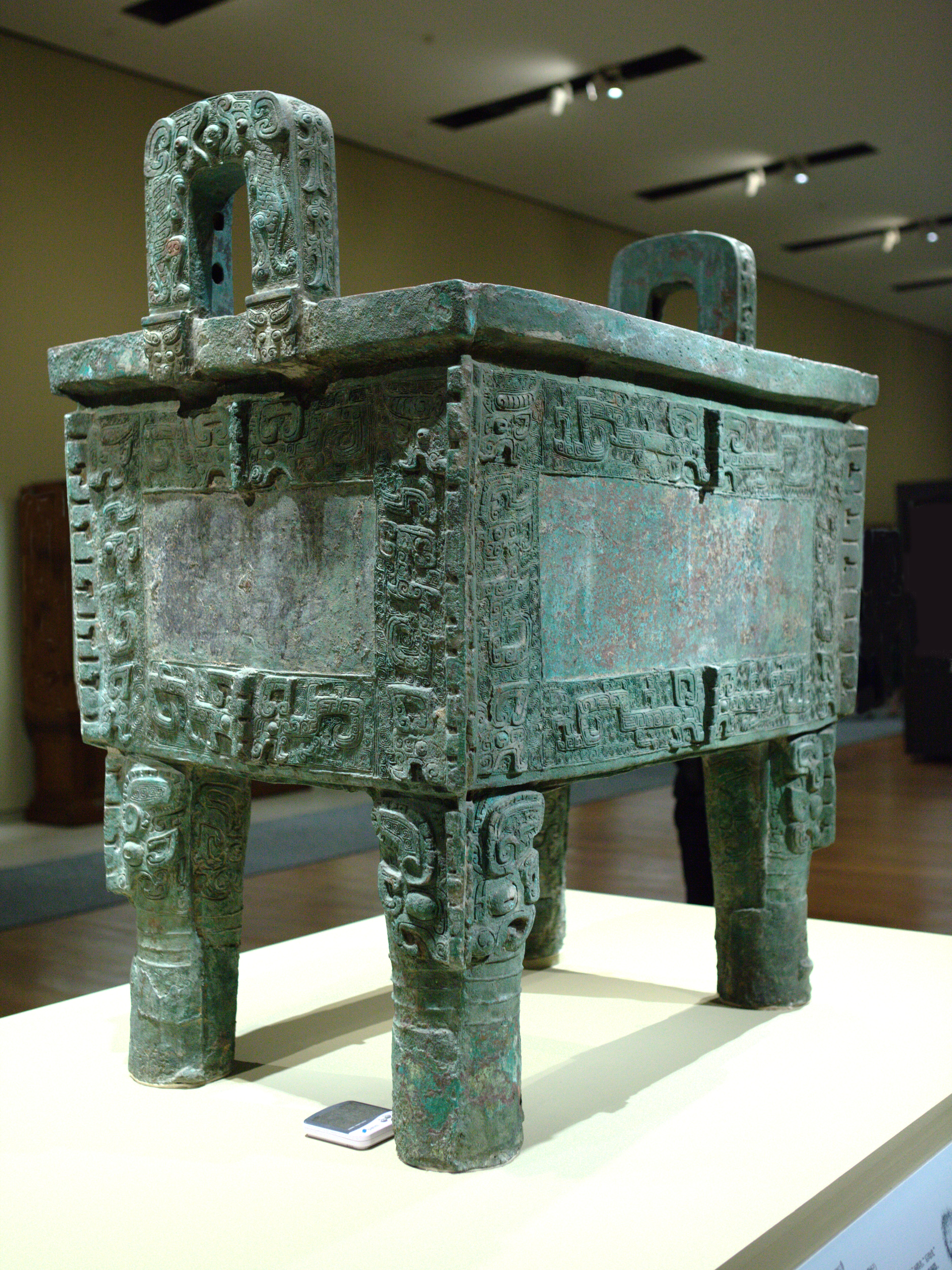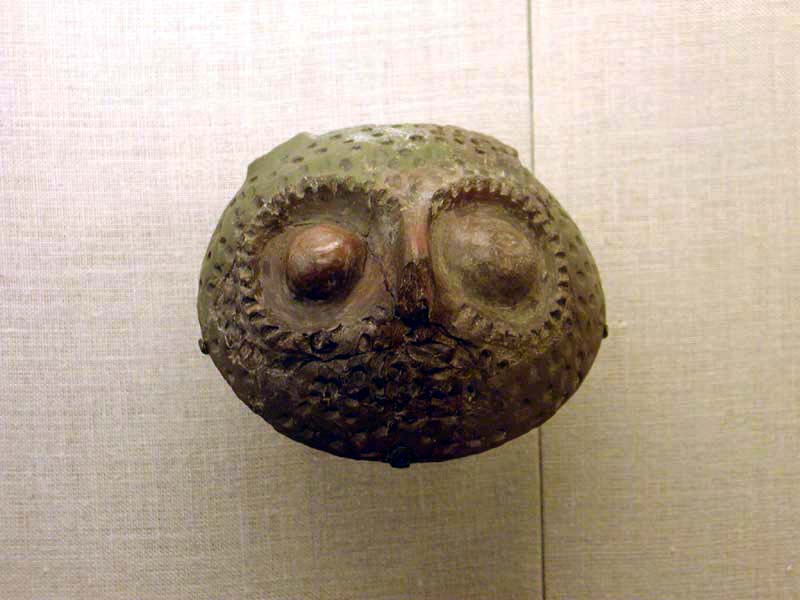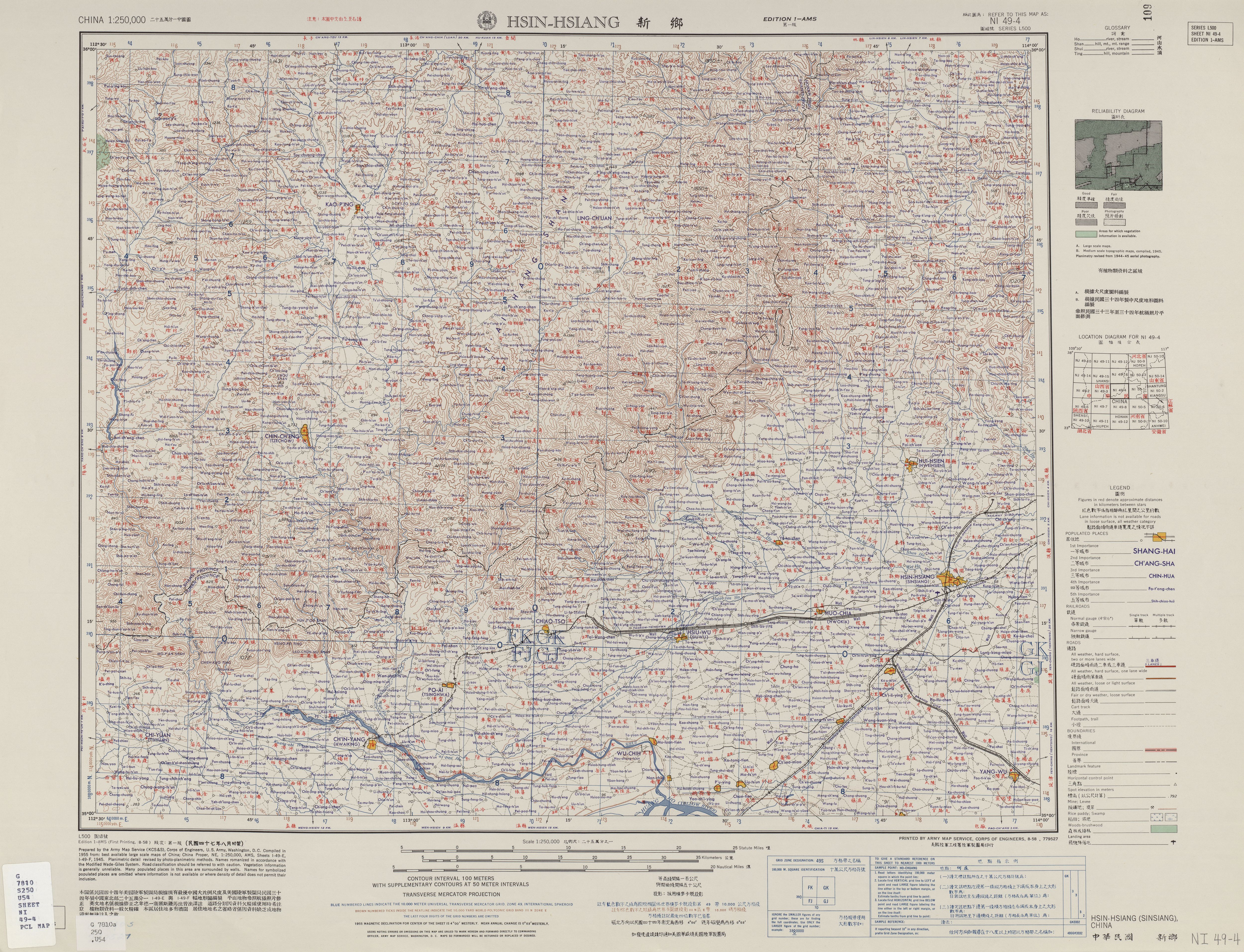|
Anyang
Anyang (; ) is a prefecture-level city in Henan province, China. The northernmost city in Henan, Anyang borders Puyang to the east, Hebi and Xinxiang to the south, and the provinces of Shanxi and Hebei to its west and north respectively. It had a total population of 5,477,614 as of the 2020 census, 2,675,523 of whom lived in the built-up (or metro) area made of four urban districts and Anyang and Tangyin counties, now largely agglomerated with the city proper. Anyang is the location of the ancient city of Yin, which was the capital of the Shang dynasty and the first stable capital of China. Henan once had the largest population in China. History Early history Xiaonanhai, on the far western edge of the city, was home to prehistoric cavemen during the Stone Age. Over 7,000 artifacts (including stone tools and animal bone fossils) have been unearthed here, representing what has been dubbed the Xiaonanhai culture. Around 2000 BC, the legendary sage-kings Zhuanxu and Emperor ... [...More Info...] [...Related Items...] OR: [Wikipedia] [Google] [Baidu] |
Yin (city)
Yinxu (modern ; ) is the site of one of the ancient and major historical capitals of China. It is the source of the archeological discovery of oracle bones and oracle bone script, which resulted in the identification of the earliest known Chinese writing. The archeological remnants (or ruins) known as Yinxu represent the ancient city of Yin, the last capital of China's Shang dynasty which existed through eight generations for 255 years, and through the reign of 12 kings. Yinxu was discovered, or rediscovered, in 1899. It is now one of China's oldest and largest archeological sites, and was selected as a UNESCO World Heritage Site in 2006. Yinxu is located in northernmost Henan province near the modern city of Anyang, and near the Hebei and Shanxi province borders. Public access to the site is permitted. Traditional history According to the 2nd century ''Shuowen Jiezi'' dictionary (說文解字), the Chinese character "" (''yīn'') originally referred to "vibrant music-maki ... [...More Info...] [...Related Items...] OR: [Wikipedia] [Google] [Baidu] |
Yin Dynasty
The Shang dynasty (), also known as the Yin dynasty (), was a Chinese royal dynasty founded by Tang of Shang (Cheng Tang) that ruled in the Yellow River valley in the second millennium BC, traditionally succeeding the Xia dynasty and followed by the Western Zhou dynasty. The classic account of the Shang comes from texts such as the ''Book of Documents'', '' Bamboo Annals'' and ''Records of the Grand Historian''. According to the traditional chronology based on calculations made approximately 2,000 years ago by Liu Xin, the Shang ruled from 1766 to 1122 BC, but according to the chronology based upon the "current text" of ''Bamboo Annals'', they ruled from 1556 to 1046 BC. Comparing the same text with dates of five-planet conjunctions, David Pankenier, supported by David Nivison, proposed dates of the establishment of the dynasty to 1554 BC. The Xia–Shang–Zhou Chronology Project dated the establishment to c. 1600 BC based on the carbon-14 dates of the Erl ... [...More Info...] [...Related Items...] OR: [Wikipedia] [Google] [Baidu] |
Shang Dynasty
The Shang dynasty (), also known as the Yin dynasty (), was a Dynasties in Chinese history, Chinese royal dynasty founded by Tang of Shang (Cheng Tang) that ruled in the Yellow River valley in the second millennium BC, traditionally succeeding the Xia dynasty and followed by the Western Zhou, Western Zhou dynasty. The classic account of the Shang comes from texts such as the ''Book of Documents'', ''Bamboo Annals'' and ''Records of the Grand Historian''. According to the traditional chronology based on calculations made approximately 2,000 years ago by Liu Xin (scholar), Liu Xin, the Shang ruled from 1766 to 1122 BC, but according to the chronology based upon the "current text" of ''Bamboo Annals'', they ruled from 1556 to 1046 BC. Comparing the same text with dates of five-planet conjunction (astronomy), conjunctions, David Pankenier, supported by David Nivison, proposed dates of the establishment of the dynasty to 1554 BC. The Xia–Shang–Zhou Chronology Pro ... [...More Info...] [...Related Items...] OR: [Wikipedia] [Google] [Baidu] |
Henan
Henan (; or ; ; alternatively Honan) is a landlocked province of China, in the central part of the country. Henan is often referred to as Zhongyuan or Zhongzhou (), which literally means "central plain" or "midland", although the name is also applied to the entirety of China proper. Henan is a birthplace of Han Chinese civilization, with over 3,200 years of recorded history and remained China's cultural, economic and political center until approximately 1,000 years ago. Henan Province is home to many heritage sites, including the ruins of Shang dynasty capital city Yin and the Shaolin Temple. Four of the Eight Great Ancient Capitals of China, Luoyang, Anyang, Kaifeng and Zhengzhou, are in Henan. The practice of tai chi also began here in Chen Jia Gou Village (Chen style), as did the later Yang and Wu styles. Although the name of the province () means "south of the ellowriver.", approximately a quarter of the province lies north of the Yellow River, also known as th ... [...More Info...] [...Related Items...] OR: [Wikipedia] [Google] [Baidu] |
Wenfeng District
Wenfeng District () is a district in Anyang, Henan province, China. Administrative divisions As of 2021, this district is divided to 12 subdistricts, 1 town A town is a human settlement. Towns are generally larger than villages and smaller than city, cities, though the criteria to distinguish between them vary considerably in different parts of the world. Origin and use The word "town" shares ... and 1 township. ;Subdistricts ;Towns * Baoliansi Town () ;Townships * Gaozhuang Township () Notable events 2022 Anyang factory fire (in Baoliansi Town, Wenfeng District, Anyang). References County-level divisions of Henan {{Henan-geo-stub ... [...More Info...] [...Related Items...] OR: [Wikipedia] [Google] [Baidu] |
Huan River
The Huan River (), or Anyang River (), is a river in Henan, China, and part of the Hai River basin. The river rises north of Linzhou in northwestern Henan, and joins the Wei River near Neihuang in the northeast of the province. The site of Yinxu, in the village of Xiaotun within present-day Anyang on the south bank of the river, has been identified as the last capital of the Shang dynasty, occupied between the 13th and 11th centuries BCE. A walled city and palace complex at Huanbei on the north bank, occupied in the second half of the 14th century BCE, was destroyed at the time Yinxu was built. The river's name, Huan 洹, has been in use for more than 3,000 years. The character was recorded on both Shang-era oracle bones Oracle bones () are pieces of ox scapula and turtle plastron, which were used for pyromancy – a form of divination – in ancient China, mainly during the late Shang dynasty. '' Scapulimancy'' is the correct term if ox scapulae were used fo ... and br ... [...More Info...] [...Related Items...] OR: [Wikipedia] [Google] [Baidu] |
Xinxiang
Xinxiang ( ; postal: Sinsiang) is a prefecture-level city in northern Henan province, China. It borders the provincial capital of Zhengzhou to its southwest, Kaifeng to its southeast, Hebi and Anyang to its north, Jiaozuo to its west, and the provinces of Shanxi and Shandong to its northwest and east respectively. Its total population was 6,251,929 as of the 2020 Chinese Census. As of the 2018 estimation, 2,743,200 lived in the built-up (or metro) area made of 4 urban districts ('' Weibin, Hongqi, Muye, Fenquan''), Yanjin county, Xinxiang county and Huixian City which are now being conurbated as the city is expanding very quickly. History Xinxiang was site of the Battle of Muye where the Shang Dynasty was overthrown by the Zhou. Xinxiang dates from the Sui dynasty (581-618) and was a small market center before being developed as an industrial center in the 1950s. It also served as the capital of the short-lived Pingyuan Province, which covered neighbouring cities - ... [...More Info...] [...Related Items...] OR: [Wikipedia] [Google] [Baidu] |
Capitals Of China
This is a list of historical capitals of China. Four Great Ancient Capitals There are traditionally four major historical capitals of China referred to as the "Four Great Ancient Capitals of China" (). The four are Beijing, Nanjing, Luoyang and Xi'an (Chang'an). List of historical capitals of China :''Sorted in alphabetical order'' * Acheng District of the city of Harbin was the capital of the Jin dynasty from 1115 to 1153. It was called Shangjing () or Huining Prefecture at the time. It was destroyed in 1157 and reestablished as a secondary capital in 1173. * Anyang was the capital of the Shang dynasty (1600 BC – 1046 BC) at its peak. It was called Yin () by the Zhou. * Balasagun in modern Kyrgyzstan was the capital of the Western Liao dynasty from 1134 to 1218. * Beijing (also romanized Peking), literally meaning "Northern Capital", previously also known as Beiping, was the capital of various dynasties and regional regimes, including: ::* The state of Yan (11th century B ... [...More Info...] [...Related Items...] OR: [Wikipedia] [Google] [Baidu] |
Hebi
Hebi ( ; postal: Hopi) is a prefecture-level city in northern Henan province, China. Situated in mountainous terrain at the edge of the Shanxi plateau, Hebi is about south of Anyang, northeast of Xinxiang and north of Kaifeng. As of the 2020 census, its population was 1,565,973 inhabitants and in the 2018 estimate 574,000 lived in the built-up (or metro) area made of Qibin District and Qi County largely conurbated. One can notice that Shancheng District and Heshan District are for the moment, part of another built-up area of 372,600 inhabitants close to Anyang. Hebi has several coal mines. The city is also home to Hebi New Area, an economic development zone. Administration The prefecture-level city of Hebi administers 3 districts and 2 counties. * Qibin District () * Shancheng District () * Heshan District () *Xun County Xun County or Xunxian () is a county in the north of Henan province, China. It is under the administration of the prefecture-level city of Hebi and ... [...More Info...] [...Related Items...] OR: [Wikipedia] [Google] [Baidu] |
Puyang
Puyang is a prefecture-level city in northeastern Henan province, People's Republic of China. Located on the northern shore of the Yellow River, it borders Anyang in the west, Xinxiang in the southwest, and the provinces of Shandong and Hebei in the east and north respectively. As of the 2020 census,its total population was 3,772,088 and its built-up (''or metro'') area made of Hualong district, Puyang County and Qingfeng County largely being conurbated, was home to 2,524,658 inhabitants. Administration The prefecture-level city of Puyang administers 1 district and 5 counties. *Hualong District () * Puyang County () * Qingfeng County () * Nanle County () *Fan County () * Taiqian County () Climate Affected by the south-east Asian monsoon circulation around the year and located in the mid-latitude region, the city has a warm temperate continental monsoon climate featuring clearly demarcated seasons. In spring, it is usually dry, windy and sandy. High temperatures and ... [...More Info...] [...Related Items...] OR: [Wikipedia] [Google] [Baidu] |




